Hebrew: Metzada
Coordinates: 31°18′56″N, 35°21′14″E. Elevation: +190
For Israelis, the cry, “Masada, never again!” has the same historical-emotional impact that “Remember the Alamo!” has for Americans. Both represent a heroic stand against vastly superior numbers by a small band of defenders. Both ended poorly for the defenders who chose death instead of surrender. But in that death, both also became a rallying cry for subsequent generations aimed at bolstering courage in the face of overwhelming odds.
The fort, Masada (which is Hebrew for fortress) was first built in the time of the Maccabees. It was greatly enlarged and fortified by Herod the Great. At some point before the First Revolt, the Romans stationed a garrison at the site. The garrison was ultimately driven out by a Zealot group called the Sicarii between 66-68 AD. After Rome conquered Jerusalem in 70 AD, it turned its attention to the last stronghold of the Revolt: the Zealots at Masada, who, by that time, numbered just shy of one thousand.
Josephus described in great detail how the 10th Legion under the command of Lucius Flavius Silva(n) surrounded the mountain and built a 350 foot high ramp to push a siege engine against the wall. On April 16, 73 AD, the battering ram breached the wall, only to reveal that the 936 remaining inhabitants had committed mass suicide.
Two women who survived the carnage by hiding in a cistern with a number of children told how the men, under the leadership of Eleazer ben Ya’ir, had killed their own families and then drawn lots to decide who would take the lives of the others and finally commit one of the ultimate sins in Judaism: taking one’s own life. In 1965, Israeli archaeologist Yigael Yadin found 11 ostraca (pottery with inscriptions) bearing the names of men. One of them appears to have the name “ben Ya’ir,” which, if accurate, verifies the account of the final hours of Masada, as recorded by Josephus.
Why we stopped: As with other sites we have visited, Masada gives insight into the collective psyche of modern Israelis who, like the Zealots of the ancient fortress, face numerically superior enemies who are bent on Israel’s annihilation. Until recent years, every IDF soldier finished their basic training at this site, swearing the oath “Masada shall never fall again.”
Beyond the “Alamo” kind of impact of the site, Masada affords spectacular views of the Dead Sea, opulent Herodian ruins and chilling reminders of the horrors of siege warfare. From the heights of Masada, the walls and fort perimeters of the 10th legion are still visible, as well as the siege ramp – most likely built with slave labor from Jerusalem; within the walls, piles of ballisticae (boulders flung by catapults below or rolled by the defenders above) stand as silent witnesses to the terrifying events that took place on that mountain so many years before.
View the gallery of Masada:
Categories: Locations
Tags: Masada.
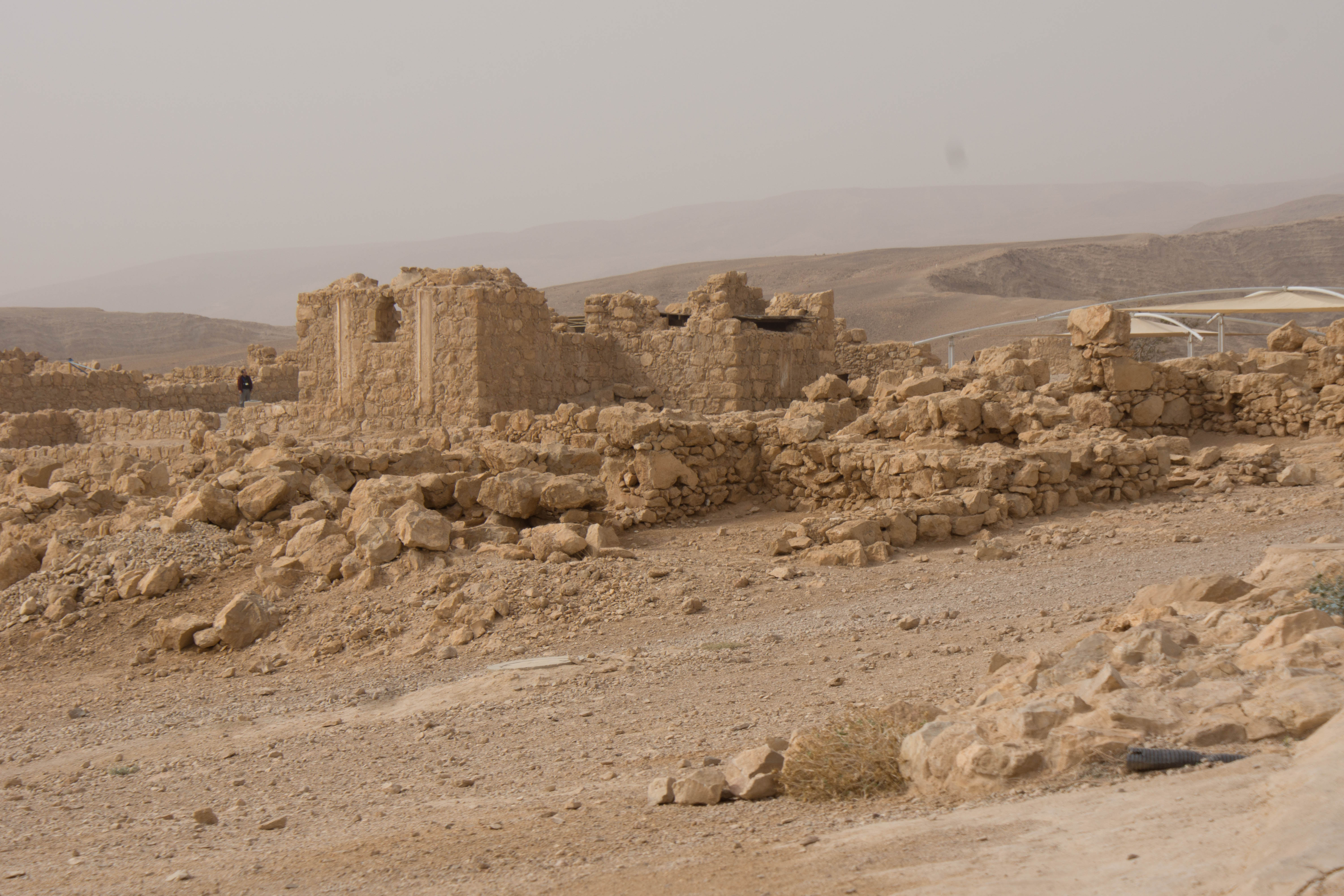
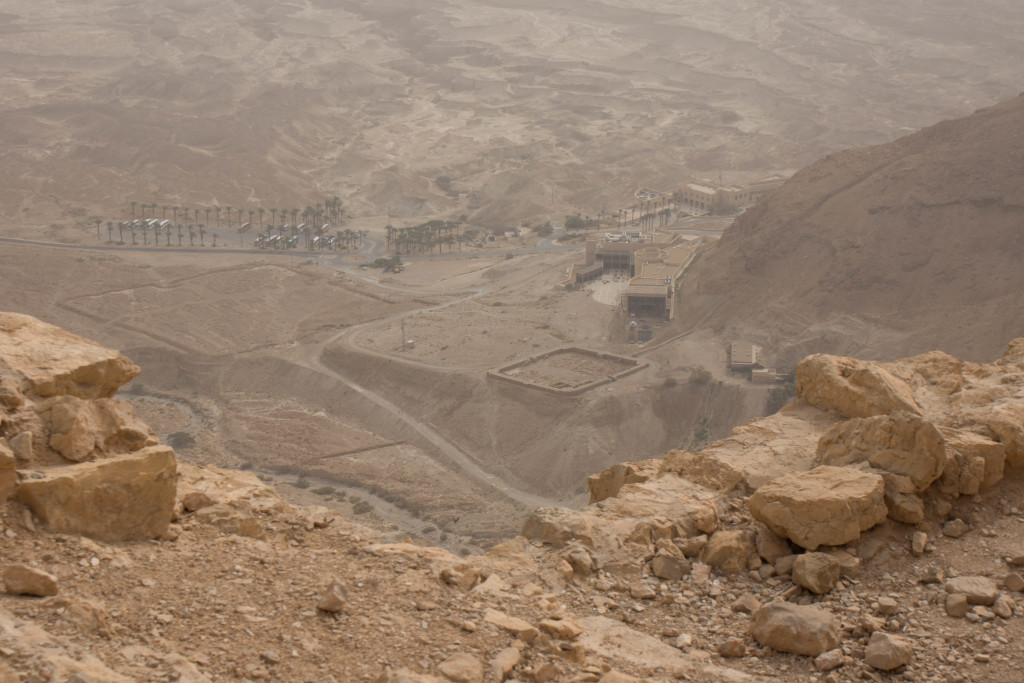
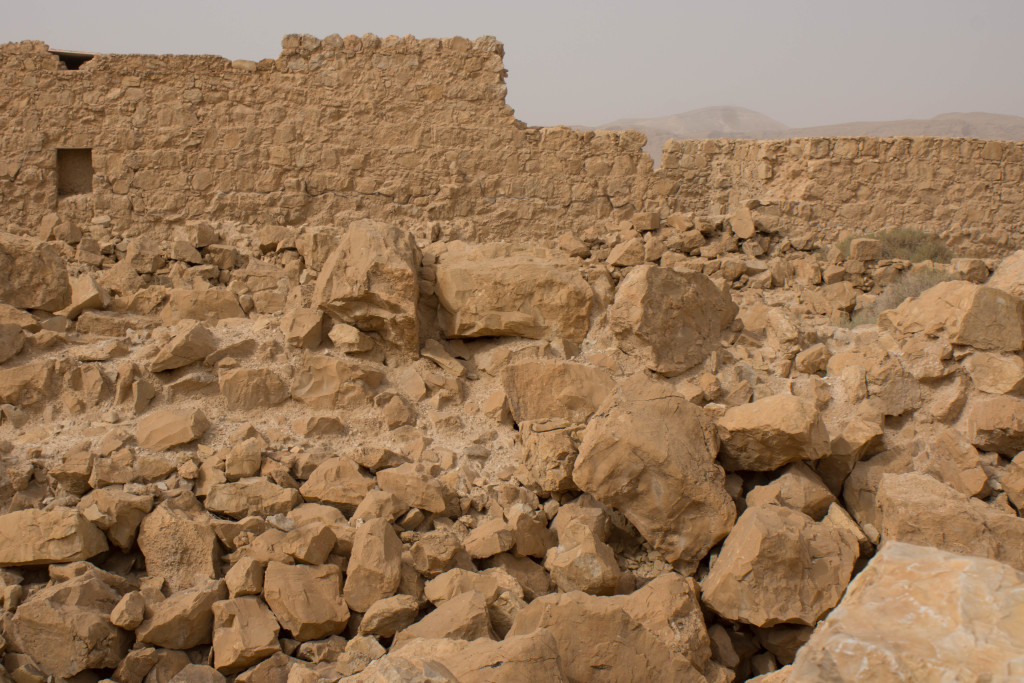
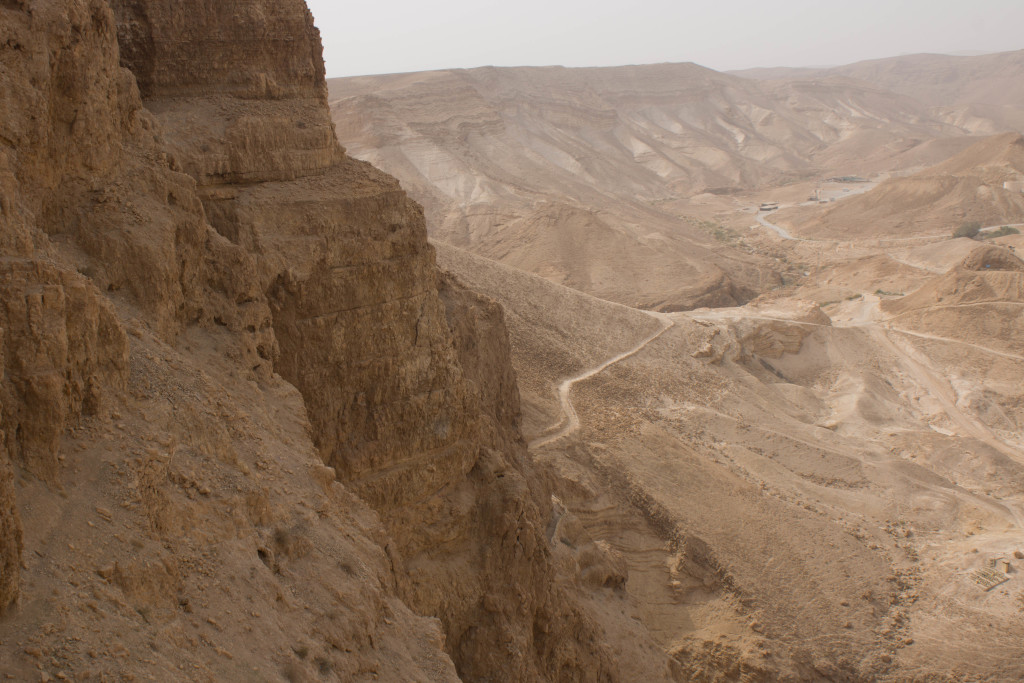
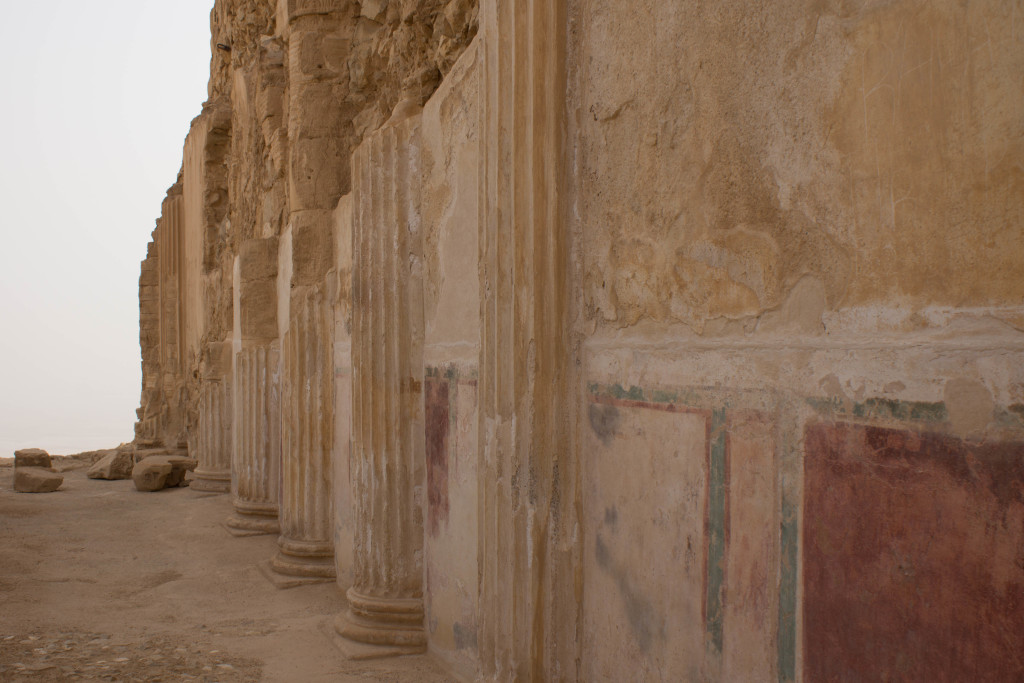
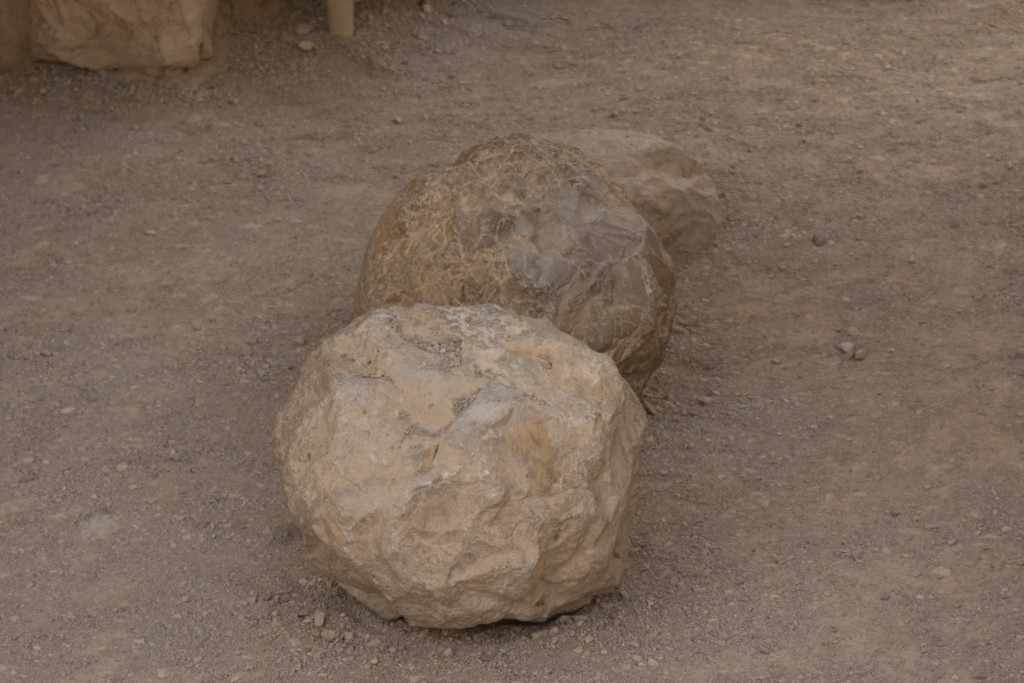

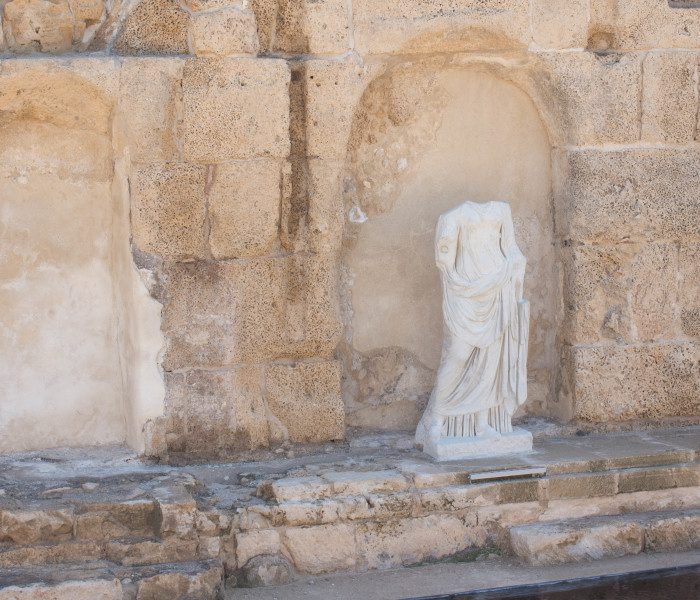
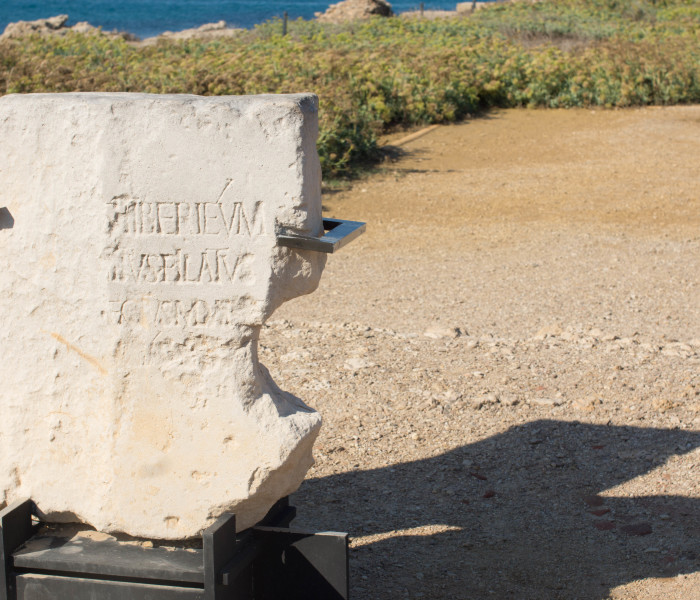
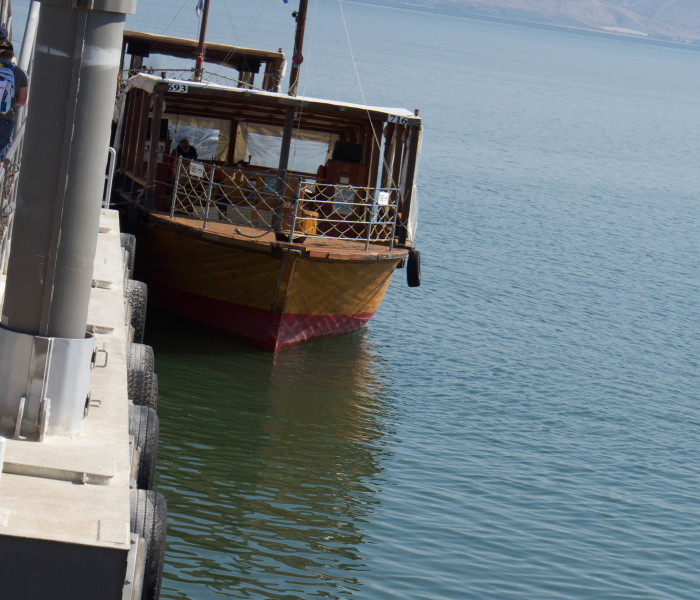
Comments are closed.